AMA Vertical Tasting
Château Le Chatelet
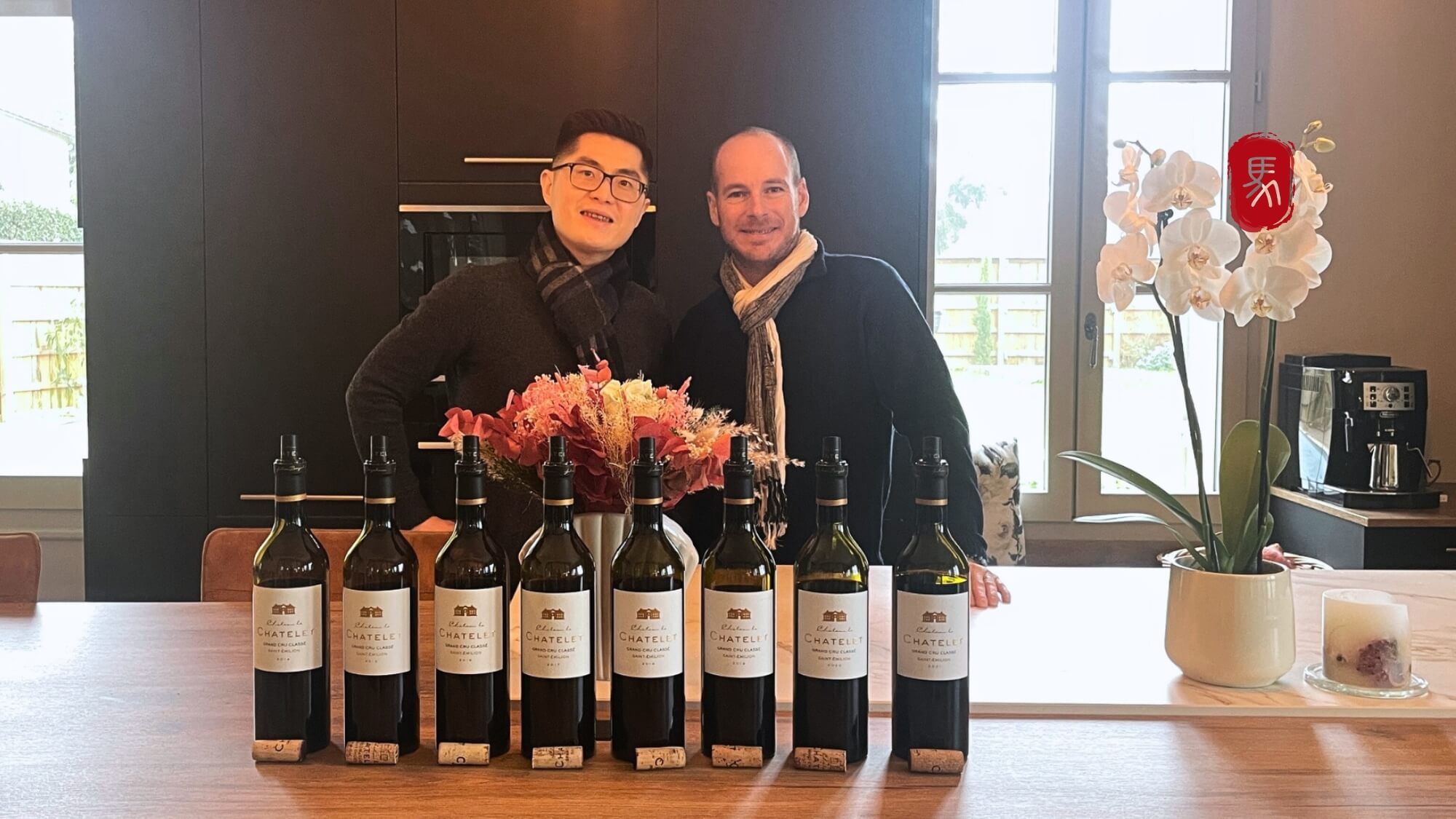
“My living room is above the fermentation tanks, my study’s back door leads directly to the cellar, and my vineyard is actually my backyard. For me, working every day feels like being on vacation.”
– Julien BERJAL, the owner of Château Le Chatelet.
For those of us who grew up in cities, Julien’s description of lifestyle sounds amazing. But did you know that when Julien first took over the winery, he was dealt a bad hand? Not only had missed out on the Classification of Saint-Émilion Grand Cru (from 1996 to 2012), but it was also facing a significant financial crisis. With 3.18 hectares of vineyards producing just 15,000 bottles per year, achieving financial freedom was very struggle, let alone maintaining daily operations.
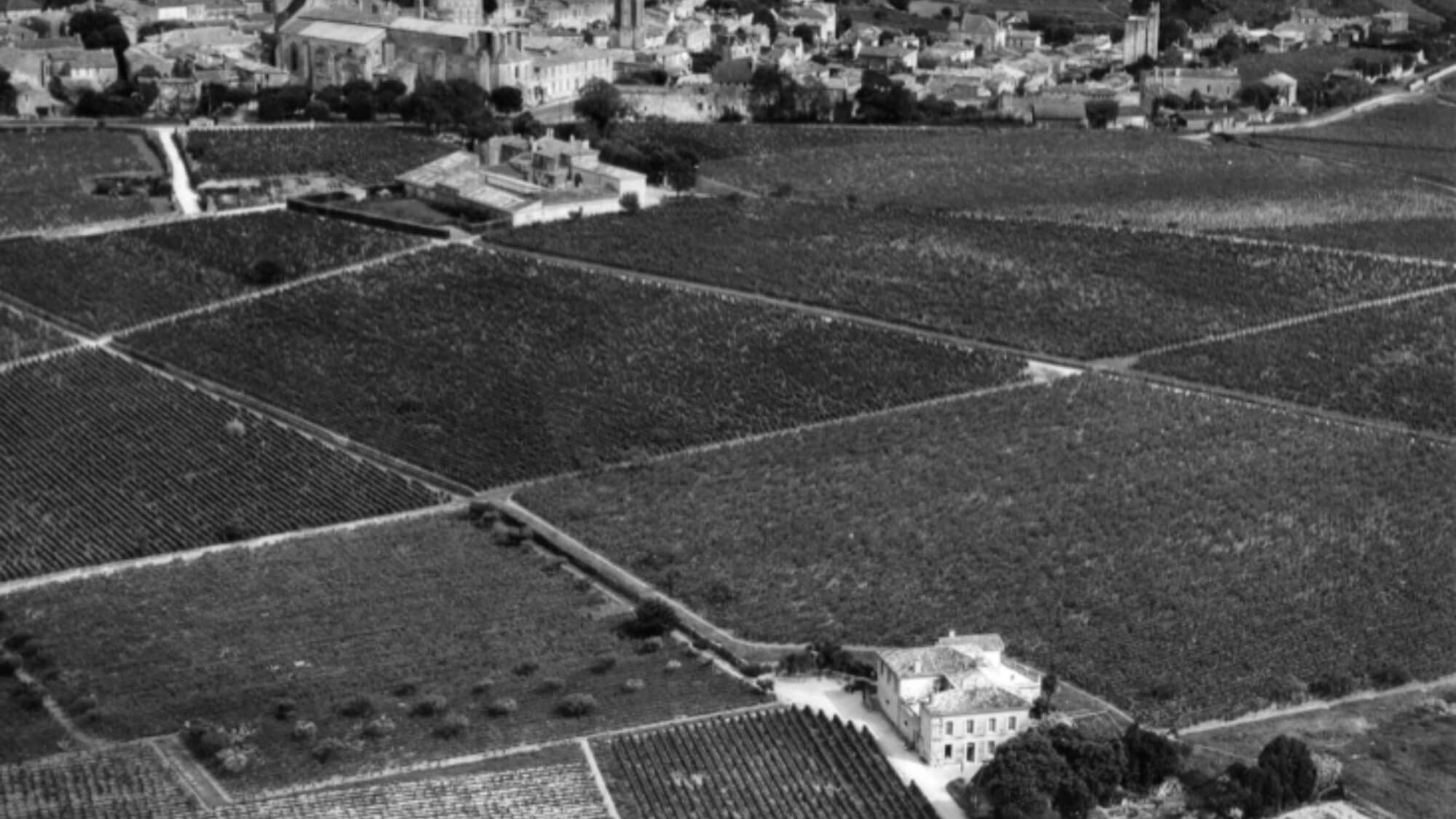
Julien’s initial approach was like many small Bordeaux family wineries, attempting to collaborate with Bordeaux wine merchants. However, each attempt ended unsuccessfully due to predatory pricing, and some even responded with, “I’m not at all interested in your wine, but if you’re thinking of selling the winery, I’d be interested in talking.” You can imagine the size of the shadow this cast over Julien’s morale!
Yet, this “ordinary” winery managed to become a beloved boutique Grand Cru Classé within just a decade, with unbelievably 70% of its sales coming from retail—a success story that’s rare even in Bordeaux.

So, let’s take a closer look at Julien’s entrepreneurial journey with Château Le Chatelet.
First off, Julien was fortunate; the winery he took over possessed top-level terroir in Saint-Émilion. Its 3.18 hectares of vineyards are all located on the limestone plateau of Saint-Émilion (the lower part of the map shows vineyards with a higher limestone content, while the upper part has a higher clay content), surrounded by renowned neighbors. Drawing a semicircle on the map from right to left, you’d find Clos Fourtet, Château Canon, Clos-Saint-Martin, Château Beau Séjour Bécot, and Château Grand-Pontet acquired by Château Quintus.
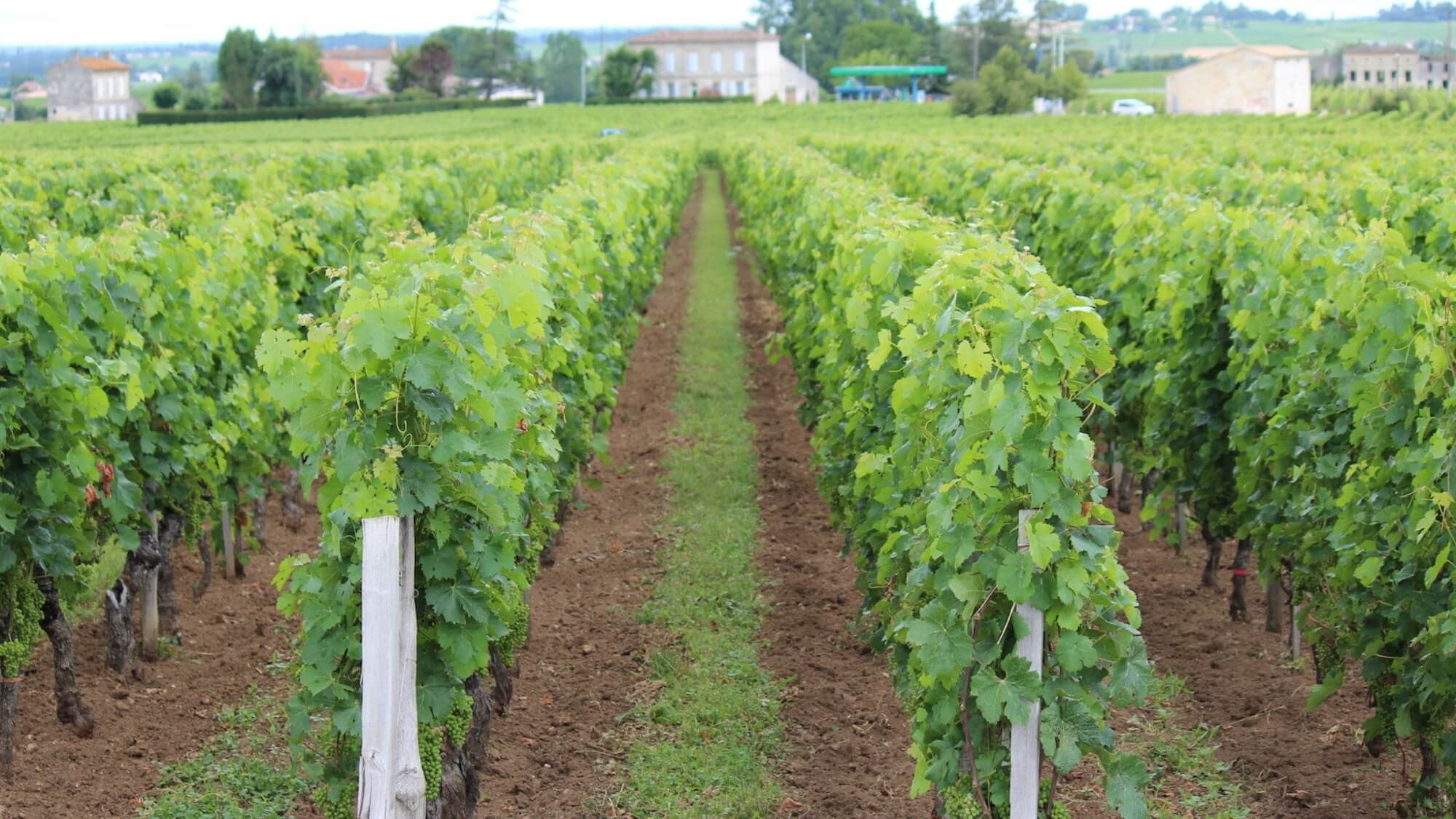
Terroir is the key to making great wine. With it, you have confidence; the rest is down to hard work and luck, and Julien seems to have everything.
In terms of grape quality, he first reduced the number of grapes per vine, then invested in a more precise “mistral sorting table.” This one-two punch not only significantly enhanced the concentration of the grape berries but also improved their purity, laying a good foundation for the clear expression of floral and fruity aromas.
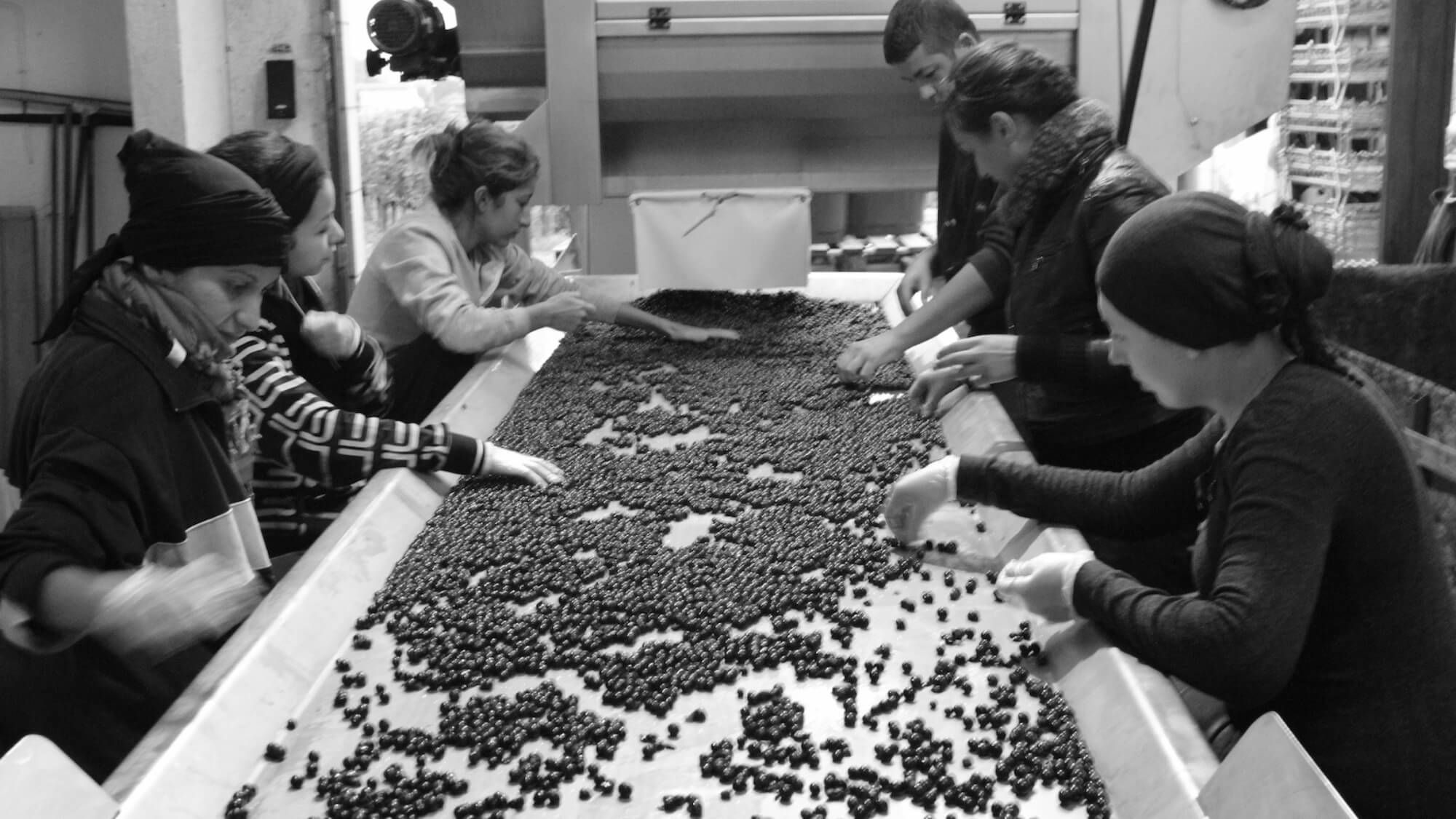
Julien was very much in tune with the times when it came to winemaking, accurately grasping consumers’ evolving tastes and aesthetics. When he took over the winery, the global wine market was dominated by rich and opulent wines. To maintain a full and robust body, Julien persisted with 100% new oak barrels. However, as he noticed a shift towards a preference for “fragrant and clear” wines, he boldly began experimenting with Tava clay pots and gradually reduced the proportion of new oak barrels.
The wine improved, but sales faced significant challenges. Julien had just decided to leave La Place de Bordeaux, effectively erasing his sales network overnight. Most people would have given up, but not Julien. He personally visited restaurants and cellars, tirelessly promoting Château Le Chatelet’s terroir and winemaking philosophy. Thanks to the outstanding quality and reasonable pricing, Château Le Chatelet quickly gained consumer recognition within a year or two. More and more people began reaching out to Julien for collaboration.
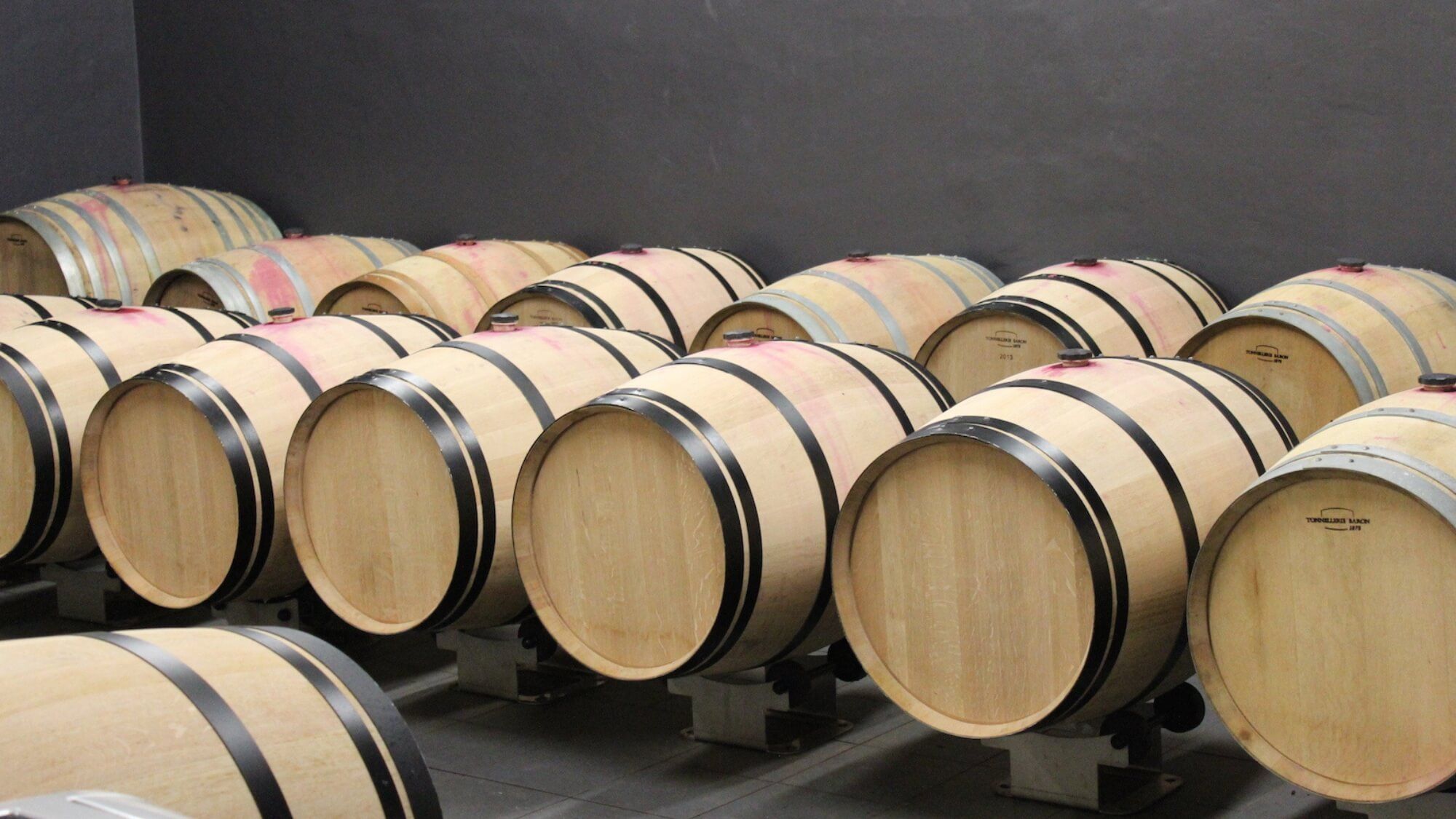
Then, Julien played another Joker: wine tourism.
Unlike many wineries that charge for visits, Château Le Chatelet offers free tours and even includes a special tasting of barrel-aged wines. Given Saint-Émilion’s natural appeal as a tourist destination, Château Le Chatelet attracts thousands of visitors each year. Julien explains that April to October is the peak season for visits, necessitating the hire of two full-time staff. Many visitors end up purchasing Château Le Chatelet wines after their tasting, just this revenue alone accounts for 70% of total sales of the winery. It’s like making money in front of your door.
In 2012, Château Le Chatelet regained its previously lost status as a Saint-Émilion Grand Cru Classé. In the most recent classification of 2022, it was once again uncontroversially classified, and with high marks.
From recent vintages, I can summarize Château Le Chatelet’s style as follows:
The fruit aromas are cleaner and clearer, always bursting with rich berry scents. The palate is full-bodied, reminiscent of almond milk’s creaminess. The tannins are silky, maintaining a powdery texture throughout. What I find most appealing is its natural expression of the limestone terroir: the acidity is layered, rich but not cloying, ending with a distinctive “salty” mouth feeling that’s highly recognizable.
The 2019 vintage marks a turning point for Château Le Chatelet. Earlier vintages were more reserved, with a more pronounced spiciness, creating a sense of anticipation; post-2019 vintages, while retaining the creaminess, unveil a blooming flower and fruity fragrance with clarity akin to a 4K HD screen. Château Le Chatelet is still relatively unknown in the Chinese market.
If you’re interested, it’s best to visit the winery in person. Let me emphasize again: tours and tastings are entirely free. Whether it’s your taste or not, just take a taste and you will totally understand.
